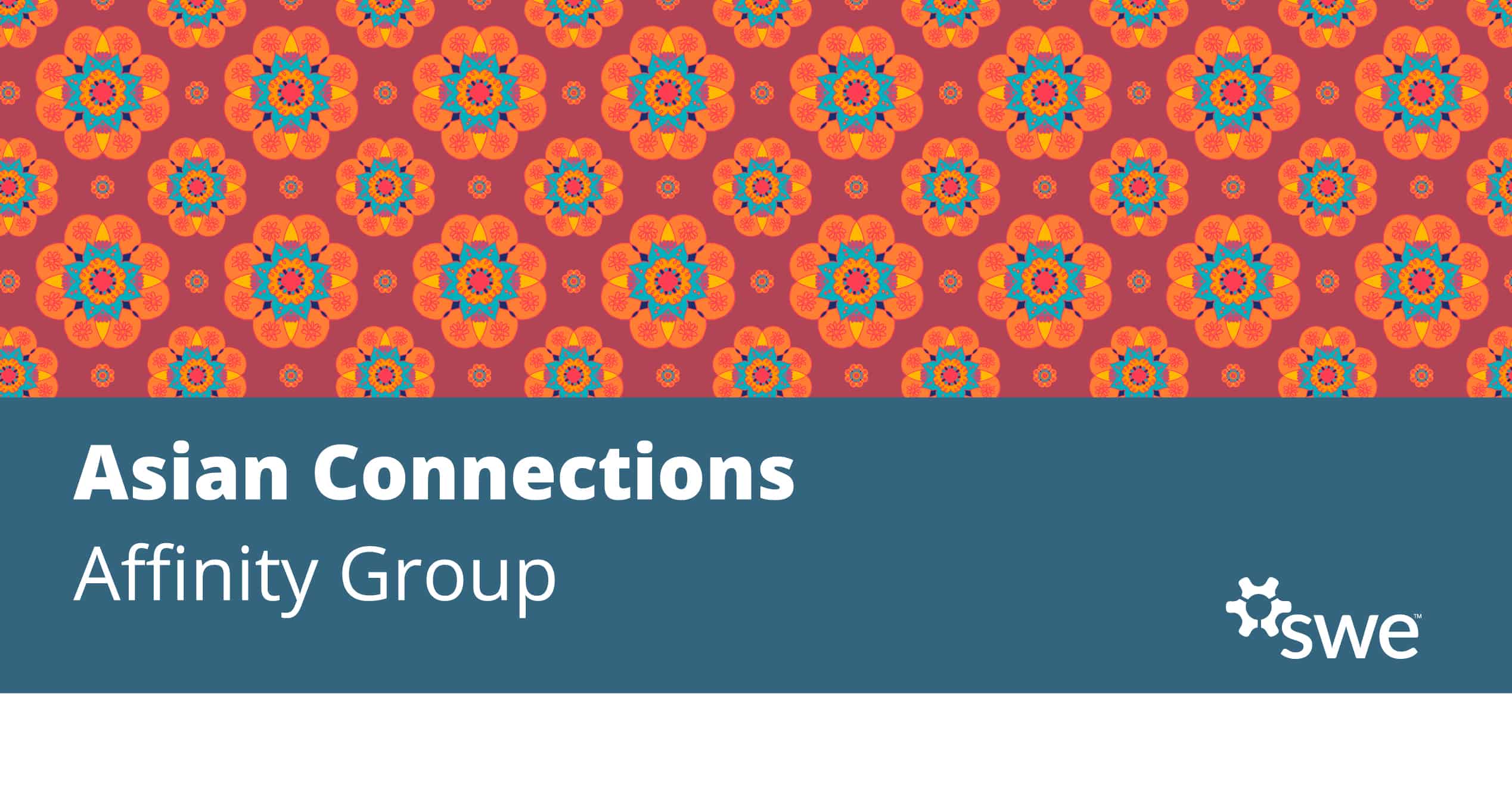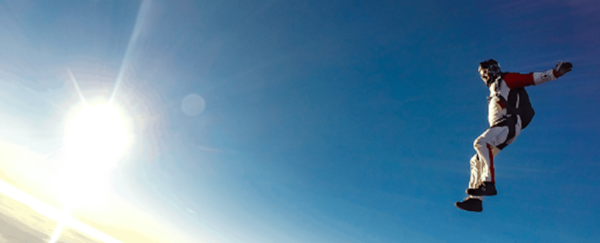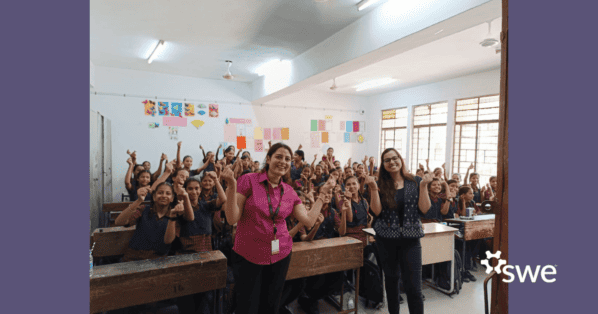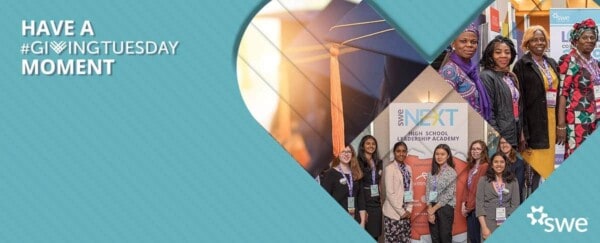Asian Pacific American Heritage Month is an opportunity to recognize the remarkable contributions and influence of women whose achievements in STEM have transformed lives across the world, yet are sorely lacking in acknowledgement in the news, history books and curricula.
A 2020 study published in the Proceedings of the Royal Society B analyzed the demographics of scientists featured in seven commonly used introductory biology textbooks in U.S. classrooms and found that fewer than 7% of the scientists featured in textbooks were scientists of color, fewer than 3% of scientists featured were Asian, and 0% were Native Hawaiian or Pacific Islander. Over 90% of the scientists highlighted across all seven biology textbooks were white, and 86% male.
The SWE Asian Connection Affinity Group invites you to read on about a few of these HIDDEN HEROES, TRAILBLAZERS, and BOUNDARY BREAKERS of American history!
Dr. Flossie Wong-Staal, virologist (1946 – 2020)
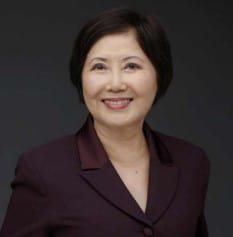 This Chinese American virologist was a towering figure in the fight against AIDS and also helped lay the groundwork for the formulation of the Pfizer and Moderna vaccines to fight COVID-19.
This Chinese American virologist was a towering figure in the fight against AIDS and also helped lay the groundwork for the formulation of the Pfizer and Moderna vaccines to fight COVID-19.
She was the first scientist to clone HIV and determine the function of its genes, unpacking the virus piece by piece, probing its genes and proteins until she had unlocked its genetic code and understood how it evaded the body’s immune system. Her work was a major step in proving that HIV is the cause of AIDS (a disease that was the leading cause of death in 1993 of those 25-44 years old) and enabled the advancement in antiretroviral drugs and HIV antibody tests that have saved countless lives making AIDS no longer a death sentence.
Though she was a giant in the fight against HIV/AIDS, there is no mention of her work in the U.S. Department of Health and Human Services timeline that chronicles the domestic HIV/AIDS epidemic from the first reported cases in 1981 to the present. She was also left out of the 2008 Nobel Prize for Physiology or Medicine that was awarded for the breakthroughs in the fight against AIDS. Among her accolades are membership in the National Academy of Medicine (1994) and in the Academia Sinica in Taiwan (1994); honors as one of the top 50 female scientists by Discover Magazine (2002) and #32 of the “Top 100 Living Geniuses” in a Daily Telegraph listing (2007); and induction into the National Women’s Hall of Fame (2019).
Maryam Mirzakhani, PhD, mathematician (1977 – 2017)
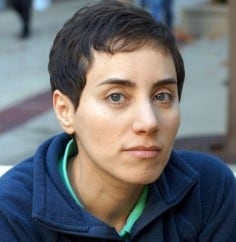
Maryam Mirzhakhani was awarded the prestigious Fields Medal in 2014. As the first woman to do so, the world was captivated.
Mirzakhani was a professor at Stanford University and a highly original mathematician who made a host of striking contributions to geometry and dynamical systems. Her work bridges several mathematical disciplines—including hyperbolic geometry, complex analysis, topology, and dynamics—and, in return, deeply influenced them all.
“When I woke up on July 15 and learned that Maryam Mirzakhani had died, I felt as though I had been punched in the gut. Maryam was an extraordinarily talented and accomplished young mathematician who was thrust into the limelight when she received the Fields Medal in 2014. After breaking the glass ceiling as the first female Medalist, she accepted with grace her role as a symbol for women’s achievement. An Iranian American, she served also as a reminder of the international character of the mathematical
enterprise. Maryam Mirzakhani left us in the prime of her professional life. Her passing is a great loss to the mathematical community.” — Kenneth A. Ribet, American Mathematical Society President.
A documentary on her career, “Secrets of the Surface: The Mathematical Vision of Maryam Mirzakhani,” is viewable on PBS.
Dr. Isabella Aiona Abbott, marine botanist (1919 – 2010)
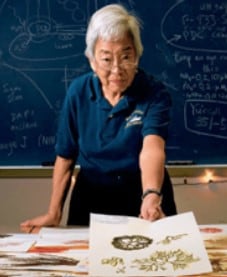 Marine algae expert Isabella Aiona Abbott broke barriers during her three-chapter long career as a scientist, author, and university professor. Known as the “First Lady of Limu,” she was the first native Hawaiian woman to receive a PhD in science and the first woman and first person of color to become a full Professor of Biology at Stanford University. After teaching at Stanford from 1960–1982, she retired and pursued a second career as professor of botany at the University of Hawaiʻi at Mānoa, establishing the University’s undergraduate major in Ethnobotany. Dr. Abbott wrote almost 200 texts about algae and seaweed. In one book, she shared that she aims to “demonstrate the vital link between the Hawaiian flora and the Hawaiian culture.” She sought to revitalize the relationship people have with the natural ecosystem through mindful consumption and utilization of plants all around us. Her fierce dedication to her scientific field was matched by her deep appreciation for her Hawaiian ancestors and their culture. Her work includes meticulous documentation of oral histories that helped unearth historical uses for native plants in daily life.
Marine algae expert Isabella Aiona Abbott broke barriers during her three-chapter long career as a scientist, author, and university professor. Known as the “First Lady of Limu,” she was the first native Hawaiian woman to receive a PhD in science and the first woman and first person of color to become a full Professor of Biology at Stanford University. After teaching at Stanford from 1960–1982, she retired and pursued a second career as professor of botany at the University of Hawaiʻi at Mānoa, establishing the University’s undergraduate major in Ethnobotany. Dr. Abbott wrote almost 200 texts about algae and seaweed. In one book, she shared that she aims to “demonstrate the vital link between the Hawaiian flora and the Hawaiian culture.” She sought to revitalize the relationship people have with the natural ecosystem through mindful consumption and utilization of plants all around us. Her fierce dedication to her scientific field was matched by her deep appreciation for her Hawaiian ancestors and their culture. Her work includes meticulous documentation of oral histories that helped unearth historical uses for native plants in daily life.
Roseli Ocampo-Friedmann, PhD, microbiologist (1937 – 2005)
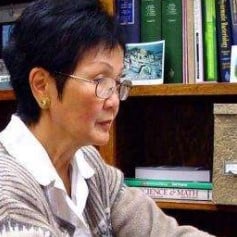 Roseli Ocampo-Friedmann was a Filipino American scientist whose research focused on cyanobacteria and microorganisms that inhabit extreme environments.
Roseli Ocampo-Friedmann was a Filipino American scientist whose research focused on cyanobacteria and microorganisms that inhabit extreme environments.
Together with her husband Imre Friedmann, she travelled around the world to study algae and other microorganisms. One of the places they visited was the Ross Desert in the Dry Valleys region of Antarctica, which was thought to be lifeless as a result of a lack of snow and ice. However, the couple discovered microorganisms, known as cryptoendoliths, that could tolerate the cold and come back to life in the summer. Ocampo-Friedmann managed to culture these microorganisms in the laboratory, and NASA recognized the research as supporting the theory that microscopic life could exist on Mars because it has similar environmental conditions as Antarctica.
In her lifetime, Ocampo-Friedmann collected over 1,000 types of microorganisms from extreme environments worldwide. She later received the National Science Foundation U.S. Congressional Antarctic Medal in 1981.
Kalpana Chawla, PhD, aeronautical engineer (1962 – 2003)

Kalpana Chawla, PhD, was an engineer, pilot, and astronaut who spent more than 30 days in space over two Space Shuttle missions.
Chawla was born in Karnal, India, and was fascinated by flight since her childhood. She earned a bachelor’s degree in aeronautical engineering from Panjab Engineering College, a master’s degree in aerospace engineering from the University of Texas-Arlington, and a PhD in aerospace engineering from the University of Colorado-Boulder. Chawla held numerous pilot licenses, including for airplanes, gliders, and seaplanes.
She flew on Space Shuttle Columbia in 1997 as a mission specialist and primary robotic arm operator, and again on STS-107—the final flight of Columbia in 2003 when the vehicle broke up on re-entry into the earth’s atmosphere. As the first Indian and first south Asian American woman in space, Chawla’s legacy lives on, inspiring young people everywhere to consider careers in spaceflight.
Learn about careers in space with A Woman’s Place is in Space: 8 Asian American Women Reaching for the Stars, PBS Kids/PBS SoCal, July 2019.
Dr. Kazue Togasaki, medical doctor (1897 – 1992)
 One of the first Japanese American women to become a doctor in the U.S., Dr. Kazue Togasaki was inspired by her experience as a child in the 1906 San Francisco earthquake and overcame gender and racial barriers to start her own medical practice.
One of the first Japanese American women to become a doctor in the U.S., Dr. Kazue Togasaki was inspired by her experience as a child in the 1906 San Francisco earthquake and overcame gender and racial barriers to start her own medical practice.
Despite harsh conditions living in the Japanese internment camp during World War II, she showed her moxie, setting up makeshift facilities so her community could receive basic medical care, vaccinations, and support while giving birth. Throughout the war, Dr.
Togasaki was moved to several different centers and continued to lead and provide vital health care until she was released in 1943.
She returned to San Francisco and continued to serve her community for forty years. During her career she delivered over 10,000 babies! Dr. Kazue Togasaki was a true pioneer in the field of medicine and a role model for her sense of duty, compassion, and service to others.
Dr. Chien-Shiung Wu, physicist (1912 – 1997)
 One of the most influential physicists of the 20th century, Dr. Chien-Shiung Wu’s work helped hasten the end of WWII and changed our understanding of subatomic particles.
One of the most influential physicists of the 20th century, Dr. Chien-Shiung Wu’s work helped hasten the end of WWII and changed our understanding of subatomic particles.
A senior scientist invited to join the Manhattan Project (the U.S. government’s top secret effort to develop an atomic weapon), Dr. Wu’s work primarily focused on uranium enrichment and radiation detection. In 1956, her ingenious method dubbed the “Wu experiment” shattered a fundamental concept of nuclear physics that had been held for 30 years. This effort brought her male colleagues (Lee and Yang) the 1957 Nobel Prize in Physics. Yet Wu, like many women scientists throughout history, was left out.
After retirement, Wu focused on encouraging young girls to pursue careers in the sciences through educational programs and spoke about her struggle to obtain recognition for her work, hoping to inspire women across the U.S. and China. A recipient of the 1975 National Medal of Science as well as the 1st Wolf Prize in Physics in 1978 amongst many other honors, Chien-Shiung Wu was featured on the 2021 U.S. postage stamp.
Additional resources
Wu, Lilian, and Wei Jing. “Asian Women in STEM Careers: An Invisible Minority in a Double Bind.” Issues in Science and Technology 28, no. 1 (Fall 2011).
Asian American Scientists in STEM Classrooms: Increasing Inclusion and Visibility, Nova | PBS, May 2021.
Author
-

In her 34 years at 3M Company, Hang Loi (she/her) led commercialization programs from concept through production-scale manufacturing, bringing life to products that brighten consumer electronics screens and increase pedestrian safety. An enthusiastic STEM advocate and champion of diversity and equity in the workplace, she embraces SWE’s mission and proud to be member of the inspiring LCR community! Hang holds dual degrees in chemical engineering and music from Case Western Reserve University and is on the Board of Directors for the Case Alumni Foundation.

